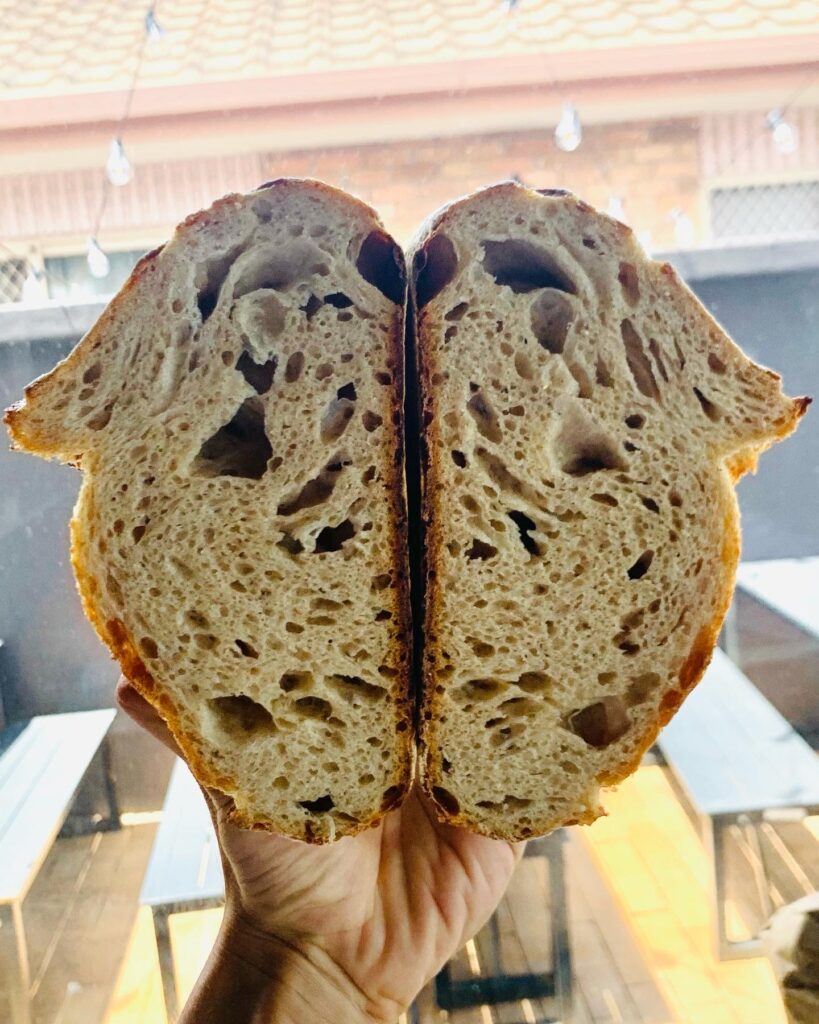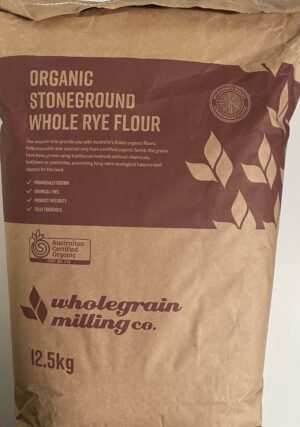By What Criteria You Should Use It in Sourdough and When You Shouldn’t
Table of Content
Is Autolyse Really Worth It?
Autolyse is a revolutionary method in sourdough bread making. It requires the use of idle time for the flour and water, then mix the starter and the salt and let the enzymes work for you. But is it always necessary? Now it is high time to consider when autolyse is useful, and when it is better to do without it.

The History of Autolyse: Who Invented It and Why?
Autolyse was first brought to light by a French baking guru, Dr. Raymond Calvel in the 70’s. What he wanted to achieve was a better bread structure and taste while not doing too much to the dough and it changed French baking almost overnight. It is now common for artisanal sourdough bakers across the globe to use this pan.
It is towards the end of the second proofing time that an autolyse is the most useful in a sourdough bake.
Autolyse is appropriate for coarse and whole grain flours because they contain a lot of reserve water absorption capacity. It is particularly useful with high-hydration doughs because it permits gluten to come together with the help of the enzymes, leading to an open crumb and easier-to-knead dough. It is also important for increasing the intensity of flavors.
Situations Where Autolyse Should Not be Incorporated into Sourdough Baking
Not all doughs need to autolyse. Although mixing and developing gluten in low-hydration doughs/quick bakes are time-consuming, skipping the process does not significantly lower the quality of the dough. If you are using simple white flour, an autolyse does not seem to impose many advantages.
Science about Autolyse in Sourdough
In the course of autolyse, enzymes hydrolyse the starches in the pulp and provide the yeasts with extra nutrients for fermentation. It also toughens gluten which results in an elastic dough. In this way, reducing kneading is helpful for texture and taste.
How to do Autolyse in Sourdough Baking:
Begin with combined flour and water only, don’t add anything else at this stage, no salt or starter. So, you need to let your dough rest anywhere from 20 minutes up to 4 hours depending on the type of flour you used. After the autolyse process put in the salt and the sourdough starter before proceeding with the kneading or the stretch and folds.
Autolyse and Whole Grain Flours:
A Perfect Pair Namely, autolyse gives a great deal to flours of whole grain. Because the bran particles are less permeable to water, giving it a longer rest time enables the bran to swell up and it contributes to the enhanced dough texture, making it easier to handle. To get the best outcome, add 1–4 hours for whole grain loaves to the autolyse.
What is Autolyse and What Are the Advantages of Using It in Sourdough Bread Making?
Autolyse improves dough elasticity, reduces mixer time, and improves the taste and flavor of a bread. It helps achieve an open crumb structure. It also provides a better oven spring that will give your bread a lighter and better sourdough.
Sourdough: 5 Things to Avoid When Using Autolyse
Among those I have discovered, one is overfermentation: the dough may be left for a long time, and that weakens the gluten walls. On the same note, do not use autolyse with low water absorption doughs or flours that cannot be enriched with long fermentation periods, such as plain flour.
FAQs: Autolyse in Sourdough Baking
- To what extent should autolyse be done?
For sourdough: If your flour is very strong (12 g of protein and above or W over 300) between 20 minutes and 4 hours.
- Can I autolyse overnight?
That could be, but longer reduces/lowers the elasticity of the dough. If you find yourself doing it overnight, place the dough in the fridge.
- Best water-to-flour ratio?
Usually in the range of 75%-80% hydration for sourdough.
- Do I need to always autolyse whole-grain flour?
If you want to do 100% wholegrain, autolyse is the secret to achieving a great crumb structure and avoiding dense loaf. It enhances texture and elasticity incredibly, making the skin softer than it is.
Conclusion: Is Autolyse Necessary for Your Sourdough?
Autolyse is widely used in the preparation of sourdough bread but is particularly useful when working with whole grain or very wet doughs. Although autolyse is not necessary for every loaf of bread, where it is applied helps the bread jump from the good category to the great category. Do that and explore the idea of increased effectiveness once implemented!
What is your opinion on autolyse in your sourdough? Please share your experience in the comments and also pass this article to other bakers you know!
Personal thought from Roberto
Feeling confused about whether autolyse is beneficial enough to pursue your sourdough?
For myself, personally, I don’t do it on all my bread and they still come out perfect. But if I want the best bread possible, I’ll do it as above said to do. When I have time for it, I do it but when I am in a hurry I don’t do it.
My final advice is if you use more than 20% of whole or ancient grains in your recipe, autolyse is a necessity in the bread-making process!
Ready to get started?
Go to my homepage and download the free Bullet Proof Recipe for Organic Sourdough Bread with 10% Whole Rye and 90% Extraction Bakers Flour.
Don’t have a sourdough starter?
Don’t worry… click here to get access to my “FREE 8 days email course” on how to make a sourdough starter from scratch.
The Sourdough Quiz: Do you think you know a lot about sourdough or do you just want to test your knowledge? Click here to test your knowledge with our FREE 3-minute Sourdough Quiz.
To get the most out of your sourdough baking, technique is key. One common challenge with high-hydration doughs is handling without sticking. For a quick tutorial on how to shape high-hydration sourdough without sticky hands, check out this video featuring the coil folding technique:





